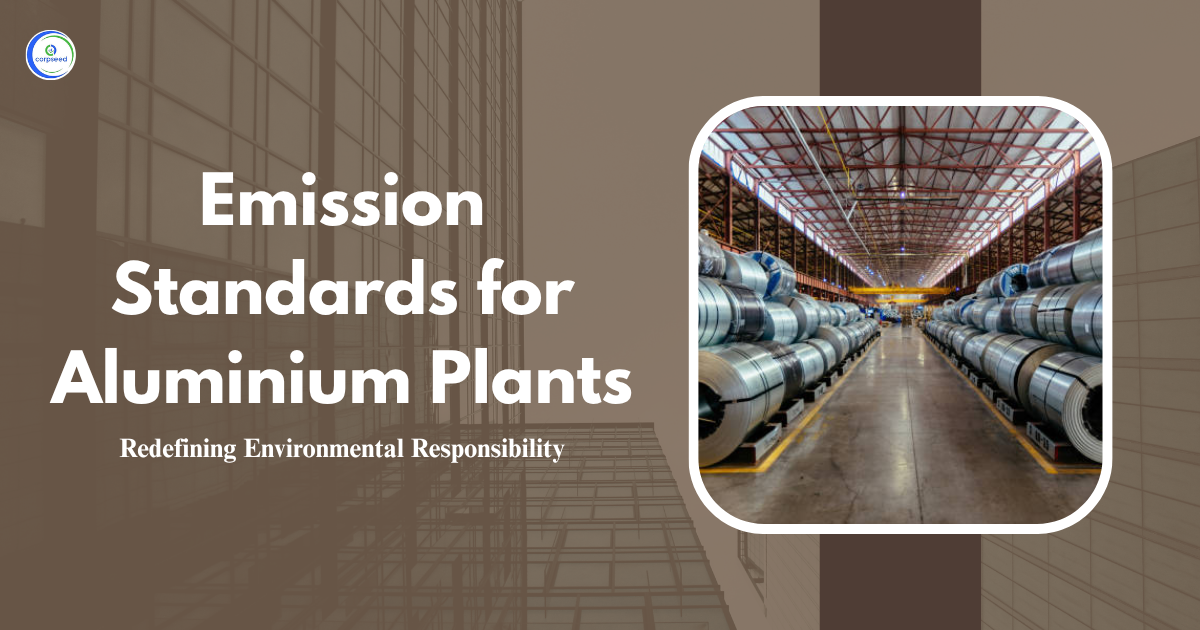The standards for emissions or discharge of environmental pollutants for food and fruit processing industry are crucial to regulate pollution and safeguard our environment. With increasing industrial activities in the food and beverage sector, it is very important to ensure proper waste management, especially of wastewater. Regulatory authorities like Central Pollution Control Board (CPCB) and State Pollution Control Boards (SPCBs) have compiled clear guidelines for treatment and discharge of waste. These laws aim to reduce the harmful effects of pollutants such as BOD, COD, suspended solids, oils and greases, which are usually found in industrial wastewater.
Table of Contents
- Understanding Environmental Pollutants in Food and Fruit Processing Industry
- Food and Fruit Processing Industry’s Environmental Pollutants
- Environmental Impact of Industrial Pollutants
- Key Pollutants of the Food and Fruit Processing Industry
- Importance of Emission Standards
- Effluent Standards for Food and Fruit Processing Industry
- Monitoring and Reporting of Effluents
- Conclusion
Understanding Environmental Pollutants in Food and Fruit Processing Industry
Environmental pollutants are undesirable substances released into the environment during industrial operations. In the food and fruit processing industry, these contaminants usually come from washing, pulping, mixing, fermenting, and cleaning activities. Wastewater from these processes comprises high amounts of organic matter, oil, chemicals and food residues. Common pollutants such as Biological Oxygen Demand (BOD), Chemical Oxygen Demand (COD), oils and greases, and suspended solids can damage water quality and water ecosystems if not properly treated. Hence, CPCB has established explicit emission standards for this industry to minimize environmental damage and ensure compliance.
Food and Fruit Processing Industry’s Environmental Pollutants
This industry produces different types of pollution in terms of processes and scale of operation. Major sources of pollution include beverage production, fruit pulp, vegetable cleaning and bakery processes. The effluents typically include:
- High BOD and COD, caused by sugar, starch, and organic materials.
- Suspended solids from fruit peels, seeds, and undissolved particles.
- Oil and grease from ingredients or machinery.
- pH fluctuations due to cleaning agents and process chemicals.
Without proper treatment, these pollutants can result in severe water and soil contamination, impacting public health and biodiversity.
--------------Blog Contact Form-------------
Environmental Impact of Industrial Pollutants
Even in small quantities, untreated industrial waste can impact the environment. The following are significant areas affected.
- Water Pollution: Discharged wastewater rises organic matter in rivers and lakes, reducing oxygen levels and affecting aquatic life.
- Soil Contamination: Contaminants minimizes soil fertility and impact crop yields, especially if sludge is used in agriculture.
- Public Health Hazards: Contaminated water used for drinking or irrigation can cause illnesses and long-term health problems in surrounding communities.
- Air Quality Degradation: Some food waste emits foul odours and gases, affecting the air quality around processing units.
- Loss of Biodiversity: Polluted ecosystems cannot support various species, leading to a decline in biodiversity and ecological imbalance.
Key Pollutants of the Food and Fruit Processing Industry
Several key pollutants require close monitoring and control:
- Biological Oxygen Demand (BOD): Shows the presence of biodegradable organic waste. High BOD leads to oxygen depletion in water bodies.
- Chemical Oxygen Demand (COD): Signifies both biodegradable and non-biodegradable waste. High COD signals major contamination.
- Suspended Solids: Include pulp, starch, and fiber particles. These settle in water bodies and can impact aquatic habitats.
- Oil and Grease: From raw materials and machinery, oil prevents oxygen from mixing with water and harms aquatic organisms.
- pH Variations: Extreme pH levels make water either too acidic or too alkaline, disturbing aquatic life and corrosion of infrastructure.
Importance of Emission Standards
Regulating industrial emissions through well-defined standards is important for sustainable industry practices and environmental protection.
- Environmental Protection: Discharge standards help maintain the ecological balance of rivers, lakes, and groundwater systems by reducing harmful effluent exposure.
- Legal Compliance: Industries must comply with CPCB and SPCB principles to avoid fines, shutdowns, or legal action under environmental protection laws.
- Sustainable Operations: The standards encourage industries to invest in wastewater treatment technologies, fostering cleaner and greener production methods.
- Corporate Responsibility: Adhering to discharge principles improves the public image of an industry, which demonstrates commitment to environmental protection and responsible business practices.
- Resource Conservation: Efficient waste management facilitates water reuse in cleaning or gardening, mitigating overall water use and utility costs.
Effluent Standards for Food and Fruit Processing Industry
As per CPCB guidelines, below are the effluent limits for various food and fruit processing categories:
A. Soft Drinks (Fruit-Based/Synthetic more than 0.4 MT/day)
- pH: 6.5 – 8.5
- Suspended Solids: 100 mg/l
- Oil & Grease: 10 mg/l
- BOD (3 days at 27°C): 30 mg/l
- Disposal: Treated effluent must meet the standards before disposal.
B. Fruit & Vegetable Processing
- Above 0.4 MT/day:
- BOD: 30 mg/l
- COD: 250 mg/l
- 0.1–0.4 MT/day:
- Slightly relaxed norms but still require treatment and monitoring.
C. Bakery (Bread, Biscuits – Continuous process more than 20T/day)
- pH: 6.5 – 8.5
- Suspended Solids: 100 mg/l
- Oil & Grease: 10 mg/l
- BOD (3 days at 27°C): 30 mg/l
- Disposal: Typically through septic tank or centralized treatment facility.
Monitoring and Reporting of Effluents
Regular monitoring and reporting of waste emissions is mandatory under the CPCB and SPCB principles. Food and fruit processing units must install flow meters and pH sensors to measure the quality and quantity of emitted water. Daily records should be kept in a log book, noting the amount of substance excreted and the efficacy of the treatment. These records shall be submitted monthly or quarterly to the respective SPCB. Surprise inspections are allowed by authorities to ensure compliance. If the emission parameters surpass the allowable limits, the treatment system should be upgraded immediately. Accurate documentation, timely reporting, and transparency help industries build reliability and reduce environmental violations.
Conclusion
Maintaining compliance with standards for emissions or discharge of environmental pollutants for food and fruit processing industry is not only a legal requirement but also a responsibility for the globe. With stringent implementation of CPCB and SPCBs, industries should actively treat their wastewater and adhere to prescribed principles. Monitoring pollutants such as BOD, COD, suspended solids, oil, and pH help avoid long-term environmental damage. Implementing cleaner technologies, mitigating waste generation, and using efficient treatment systems are vital measures for sustainable development. When industries prioritize environmental protection, they not only avoid fines but also contribute to a cleaner, healthier future for everyone.
This portion of the site is for informational purposes only. The content is not legal advice. The statements and opinions are the expression of author, not corpseed, and have not been evaluated by corpseed for accuracy, completeness, or changes in the law.
BOOK A FREE CONSULTATION
Get help from an experienced legal adviser. Schedule your consultation at a time that works for you and it's absolutely FREE.
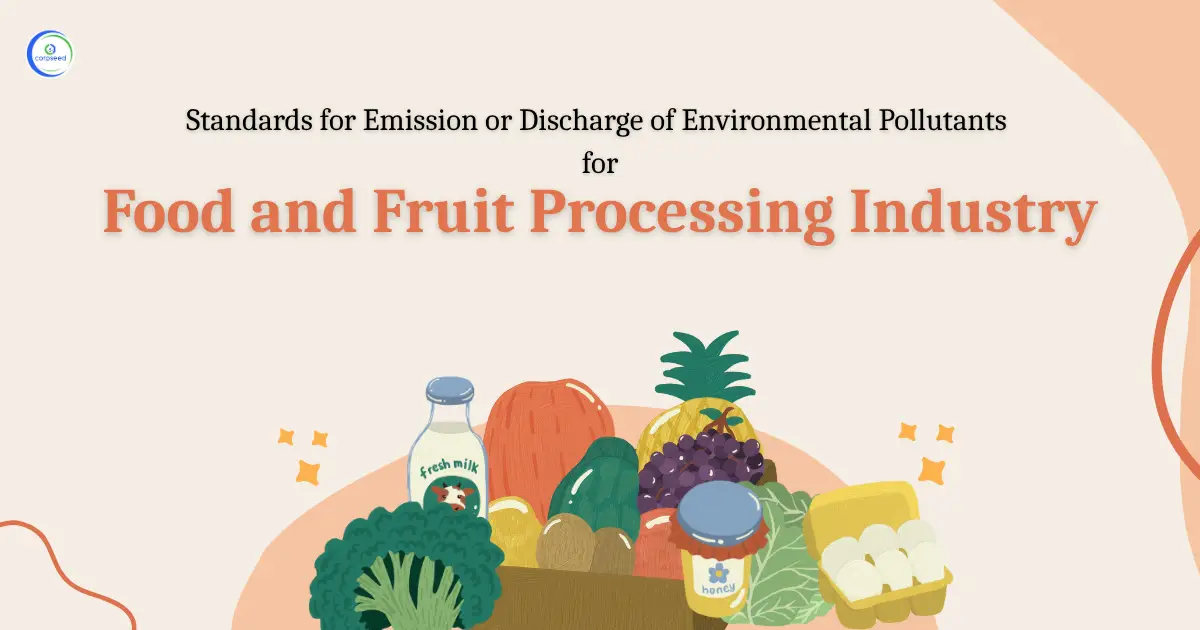


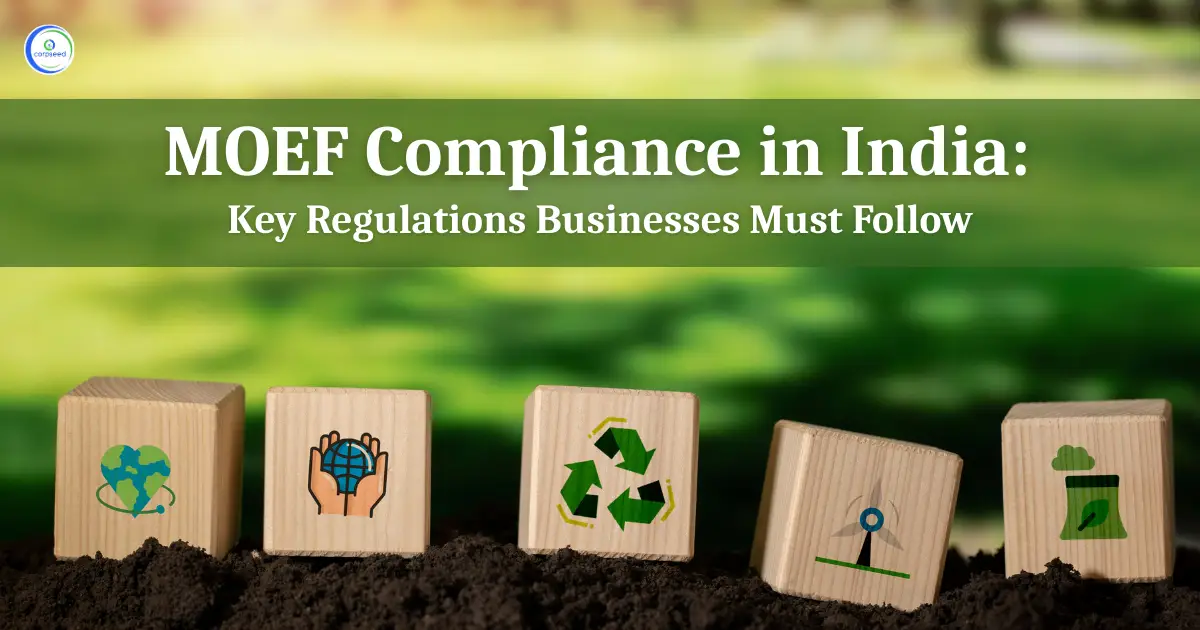
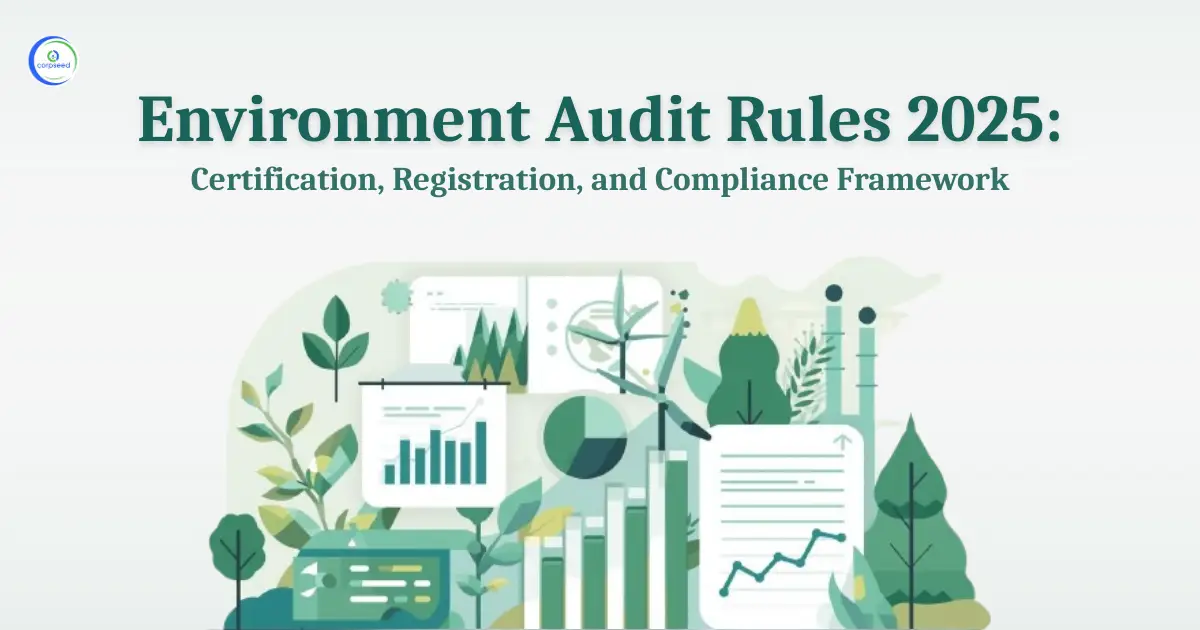
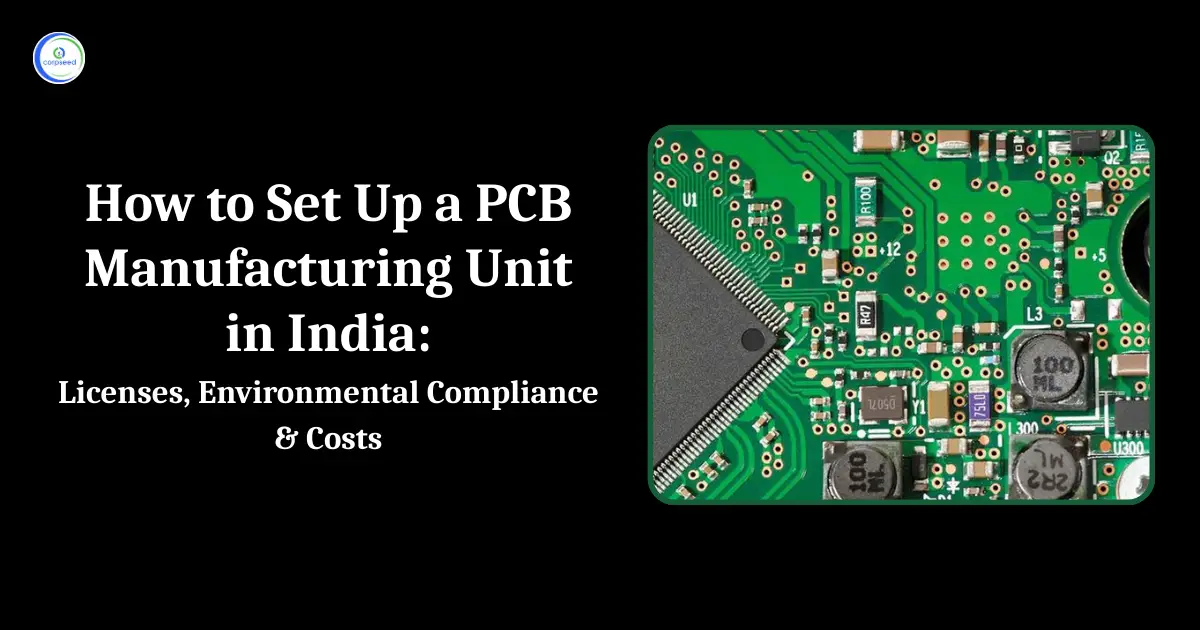
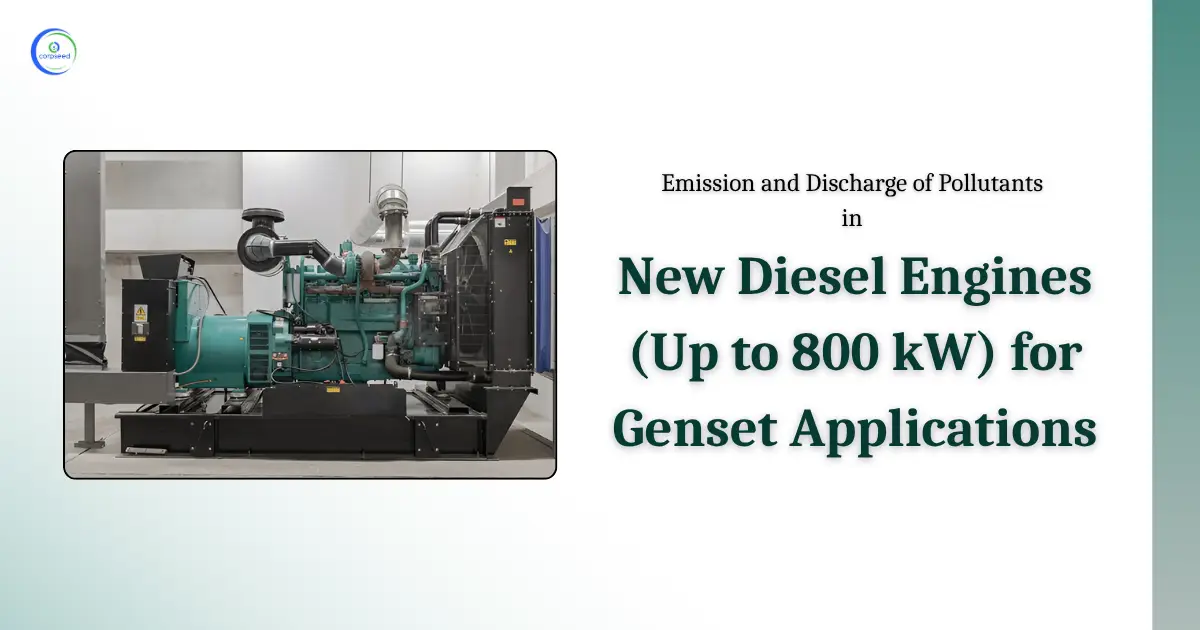
_Corpseed.webp)
.webp)
